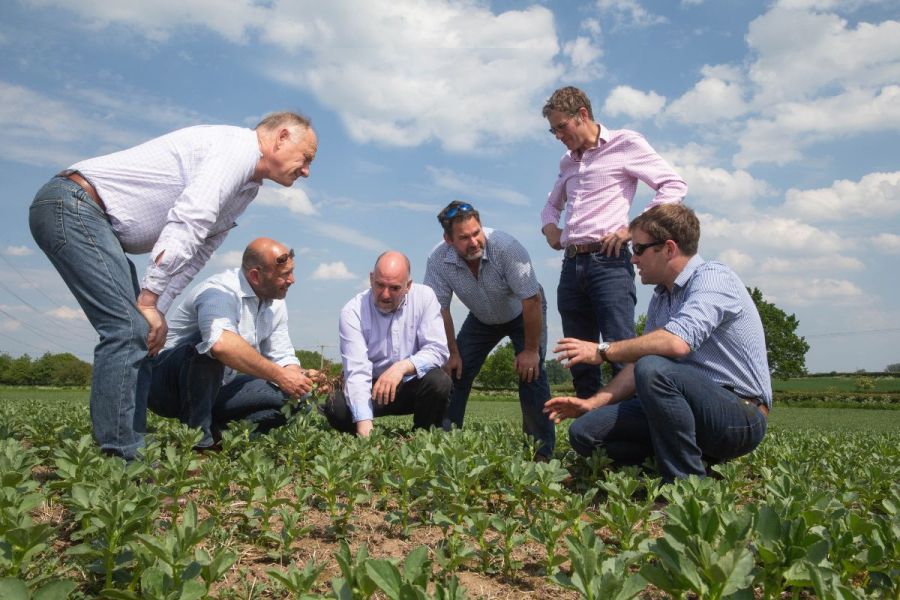Trinity Natural Capital Group has brought some unconventional innovations to market. CPM explores what they offer for the curious mind.
We looked for software tools that would unleash farmers’ phenomenal abilities
By Tom Allen-Steven
If you’ve ever wondered whether it’s the industry you’re in that’s holding back what you could achieve, rather than your own ability, you may have wondered what would happen if you and like-minded farmers ever found a platform that lifted the lid on that limitation.
That’s the idea behind Trinity Natural Capital Group and its three online services that have been rolled out to farmers over the past 15 months – Sandy by Trinity AgTech, Trinity Natural Capital Markets, and Trinity Global Farm Pioneers (see panel below). Three very different services in themselves, you can’t hook them up to a tractor, mix them in a spray tank or cultivate them in a field. You can’t even touch them, so how do farmers harness them to transform agriculture?
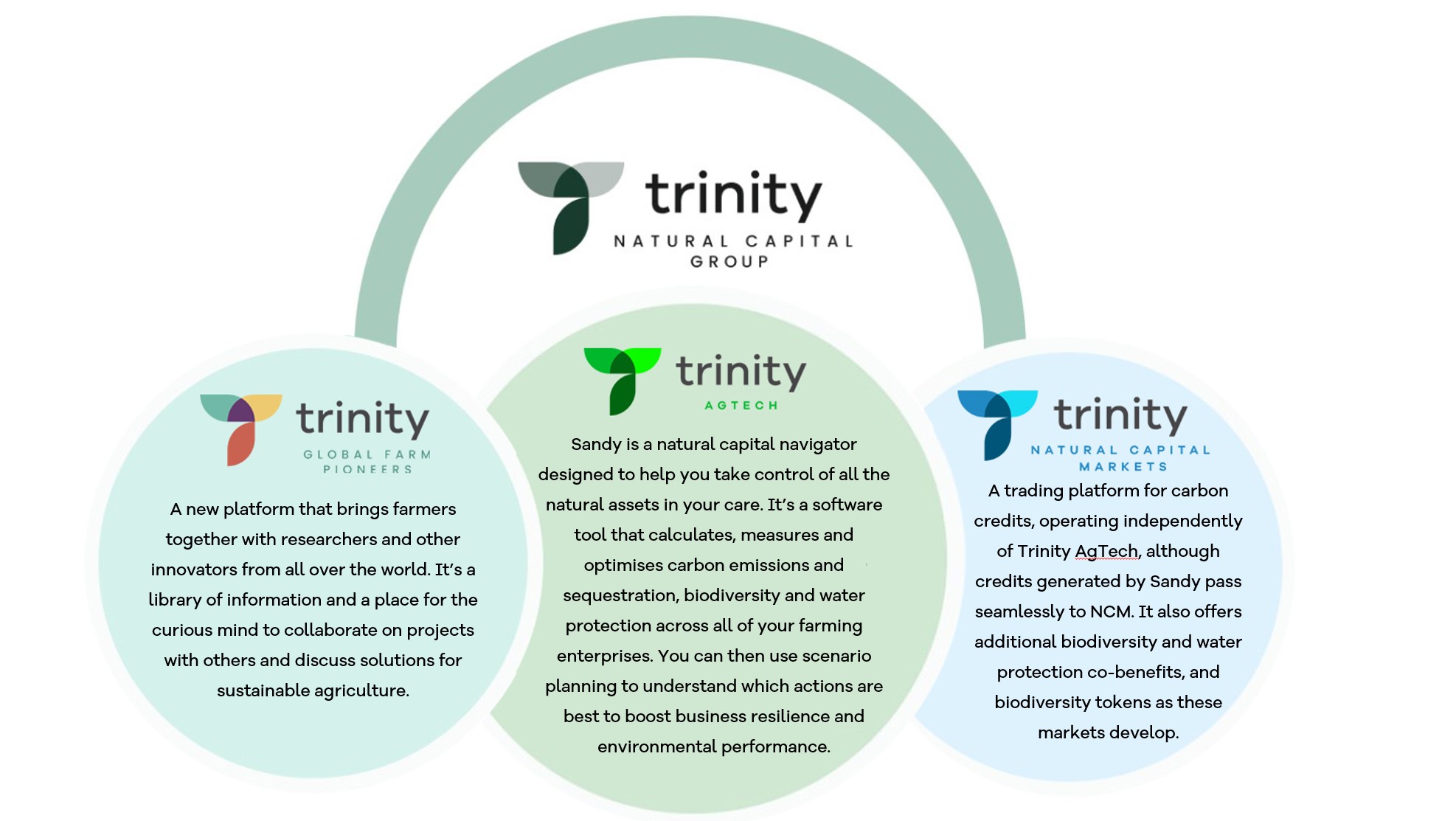 “What’s within farmers is stronger than what’s in their way. So it will be farmers themselves who will solve most of the problems they confront,” says Dr Hosein Khajeh-Hosseiny, founder and executive chairman of Trinity Group.
“What’s within farmers is stronger than what’s in their way. So it will be farmers themselves who will solve most of the problems they confront,” says Dr Hosein Khajeh-Hosseiny, founder and executive chairman of Trinity Group.
A venture capital and private-equity investment specialist, Hosein has spent much of his career stimulating transformative growth for start-ups and large corporates and fostering social entrepreneurship. He joined McKinsey and Company 25 years ago, rose to become head of global private equity investments and remains a senior advisor to the firm. He was one of five partners who started Northgate Capital, helping to grow its assets under management by 20 times to several billion US$ before moving on in 2018.
This is when he came back to his native UK from California, and he, together with long-time colleague and close friend Conor Kehoe, set their sights on agriculture. “It’s a sector of the economy with incredible challenges, but also remarkable opportunities and purpose,” states Hosein. “There is a gap between where it should be and where it currently lies.”
He’s clear about what he believes holds farming back, and has few kind words for the large multinationals that he sees as hemming in, on both sides, the accessible profitability and sustainability of farming. “The industry as it stands is prophetic, trying to push doctrines on farmers. But there’s no one way to Rome. It’s an illiberal approach that fails to recognise the infinite variety of farmers and straps their creativity into a strait jacket.”
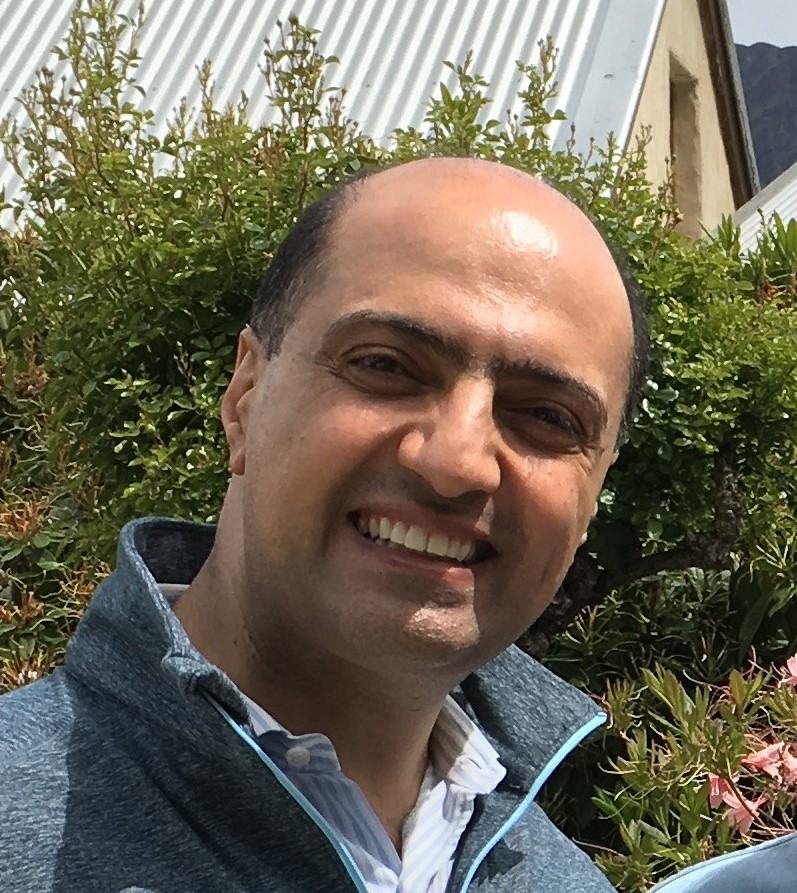
Hosein Khajeh-Hosseiny’s vision is for Trinity to “unleash the genius of the many” – unbridle the numerous and diverse talents of the farming community.
Hosein’s vision is for Trinity to “unleash the genius of the many” – create an environment that unbridles the numerous and diverse talents of the farming community and allows it to thrive. These should come into a space where there can be trusted dialogue, led by science, relevant best practice and with technology support that gives you confidence, he says.
“With the challenges and opportunities of the scale that agriculture has, we were determined to develop an approach that is non-prophetic, staunchly independent and supremely capable. At Trinity we believe that genius is found in every person and that genius is a choice. Also I’ve been in innovation and business resilience all my life and always start with a human tech-augmented hypothesis. So we looked for software tools that would unleash farmers’ phenomenal abilities, support them to collaborate with like-minded people and produce awe-inspiring results.”
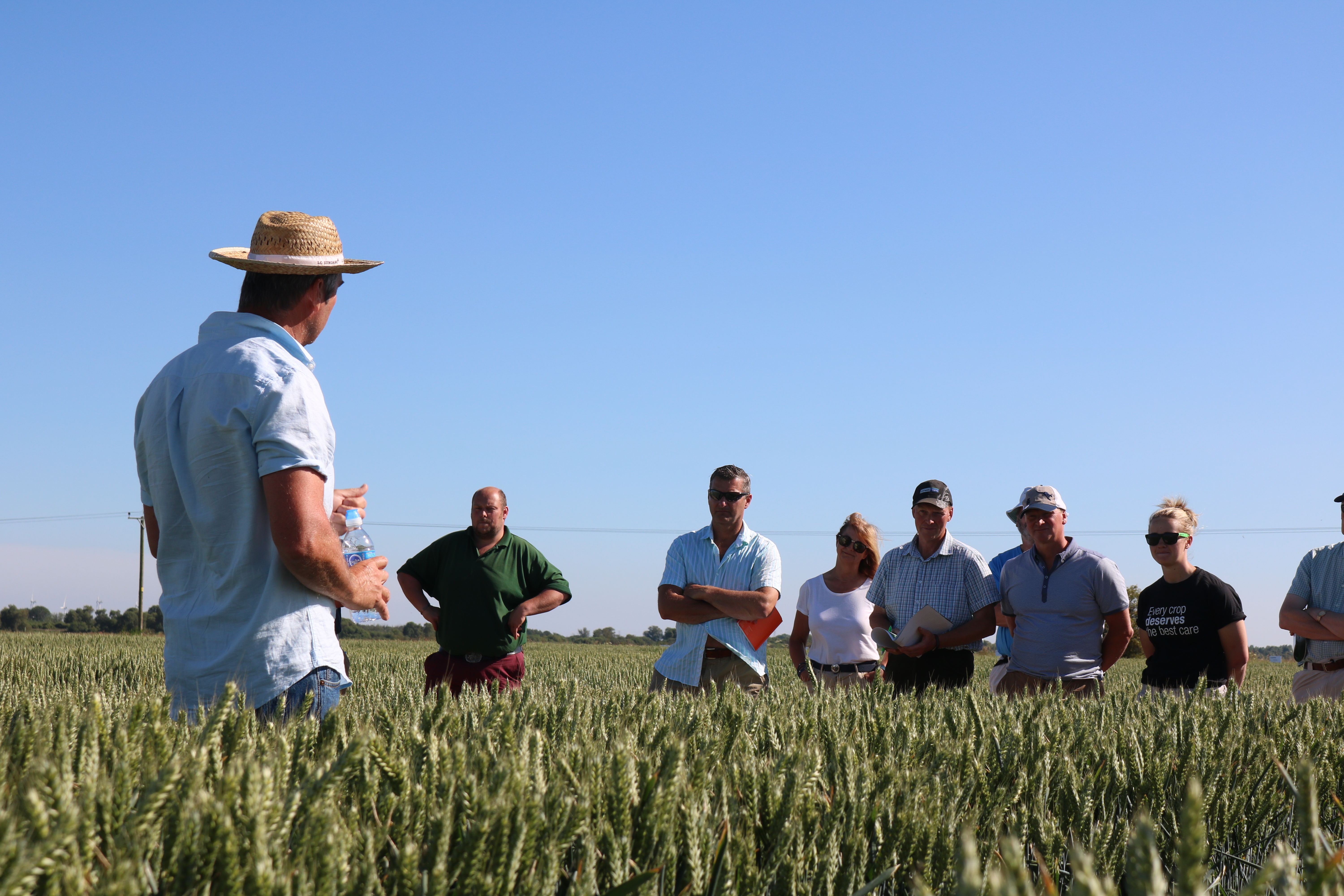
The industry is seen as prophetic, trying to push doctrines on farmers – an illiberal approach that straps their creativity into a strait jacket.
There were three main tasks in mind for these tools. Firstly, a navigator to guide through the massive rise in data that threatens to overwhelm farmers. “We have a sherpa mindset – it’s about guiding people through this unfamiliar terrain of data towards their own ambition, rather than telling them what they need to do,” notes Hosein.
The second element is a financial incentive platform to make the journey worthwhile, while the third is a forum for collaboration that allows good ideas to come together at scale in a safe, trusted space.
Bringing together the tech resources to build these tools came relatively easy to Hosein, who had built his career around bringing businesses and individuals to the forefront of innovation. As one of the founding partners of UnLtd, a foundation that has won awards for the way it finances and advances social entrepreneurship in the UK, he’s helped bring on inspiring and cutting-edge technology.
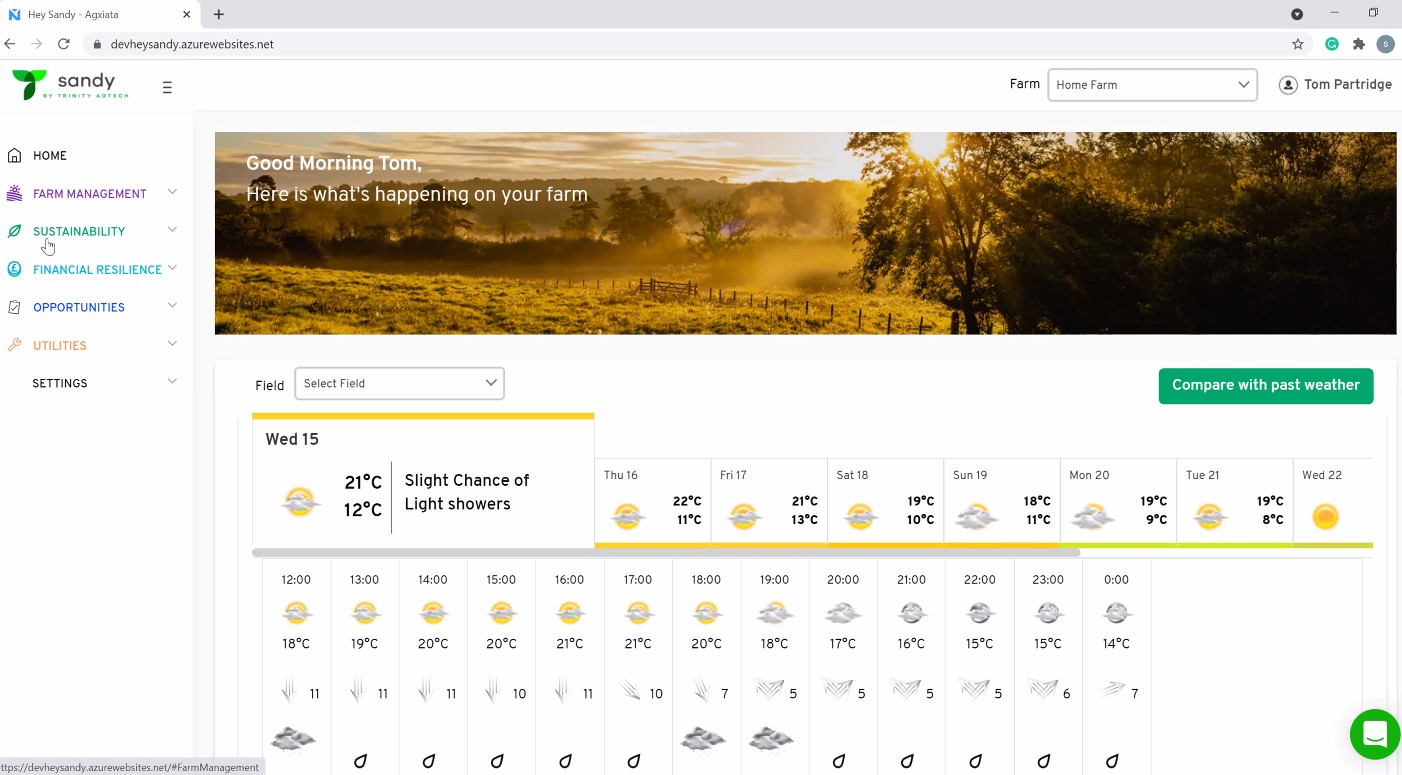
The task Sandy performs is a navigator to guide through the massive rise in data that threatens to overwhelm farmers.
Nevertheless, there were a few false starts for the engineering team, led by director of products Sepi Honarmand, recalls Hosein. “Initially, we saw Sandy as software farmers would speak with, similar to Amazon’s Alexa – we wanted to create a digital assistant with a human dimension.
“But if the platform was to be global, we soon realised this would add an extra layer of complexity due to the different metrics farmers relate to around the world, let alone the different languages. We also found the software currently used by farmers is very fixed and one-dimensional, performing a narrow range of tasks. But we needed Sandy to work with all systems and all approaches.”
So the software has been developed largely from the ground up, on architecture seldom used before in agriculture. The farming expertise to guide and prioritise it has come from Trinity’s advisory board, 12 leading farmers and industry specialists. But now commercialised, it’s the farmers who use it who shape what it does and how it develops, points out Hosein.
“Sandy uniquely has an artificial intelligence (AI) and machine-learning (ML) platform. This, along with our customer success team, who feed back to their colleagues in engineering, ensure the more you use it, the more it learns about your business and adapts to your individual needs.”
A fundamental aspect has been to ensure the integrity of the software and the algorithms it uses to interpret data, stresses Hosein. “This has been particularly important for farmers to enable them to assess their natural capital accurately and help them navigate their business with confidence to be truly sustainable and resilient. The biggest constraints to empowering an individual to make positive change through innovation are noise and misinformation.”
So Trinity has a scientific board, which now has 41 leading scientists with specialisms in all realms of natural capital and the mathematic modelling required. “The scientific board has a value system that mirrors everything Trinity stands for. What’s been important is to bring in leaders in their field of all areas Trinity is interested in. So there’s good science and a diversity of knowledge that comes together without the doctrine and the prophetic interpretation,” he says.
Sandy was launched in June 2021, and currently has a user base that spans some of the largest and most diverse farming businesses in the UK as well some of the smallest, niche operations. The platform has evolved, with Sandy version 2.0 launched in January this year and another iteration set to come to market over the winter months, says Hosein.
Trinity NCM launched in October 2021, and actioned its first trade in June this year (see panel below). Hosein sees it as far more than a tool to trade carbon. “We are vehemently against replacing farming for food with farming for carbon. NCM is there to supplement food security and food sovereignty, and all farmers should have access to markets that allows them to maximise the value from whatever they do, whether that’s food production or the carbon sequestration and biodiversity that come with it,” he states.
Trinity Global Farm Pioneers launched in May this year and is building its membership as well as the knowledge base it provides. Free to use, Hosein’s ambition is that it will truly embody “the genius of the many”. “The biggest thief of an extraordinary life is a lack of curiosity, which is the quality GFP is there to encourage,” he says.
“In a world beset with turbulence and volatility, our happiness depends on tranquillity, which depends on confidence, and this relies on having certainty, trust and stability. There’s precious little of this in farming at the moment, but we will have it,” concludes Hosein.
Model-data fusion improves the soil science
Soil carbon calculations within Sandy have been improved with the ability to add sampled soil analysis data, which the tool then assesses for whether it gives a true picture of your actual soil carbon status.
“We introduced this feature in June, and it’s one of a number of changes we’ve made as well as others on their way, aiming to bring clarity to an area where there’s still much debate,” notes Trinity managing director of sustainability Dr Alasdair Sykes.
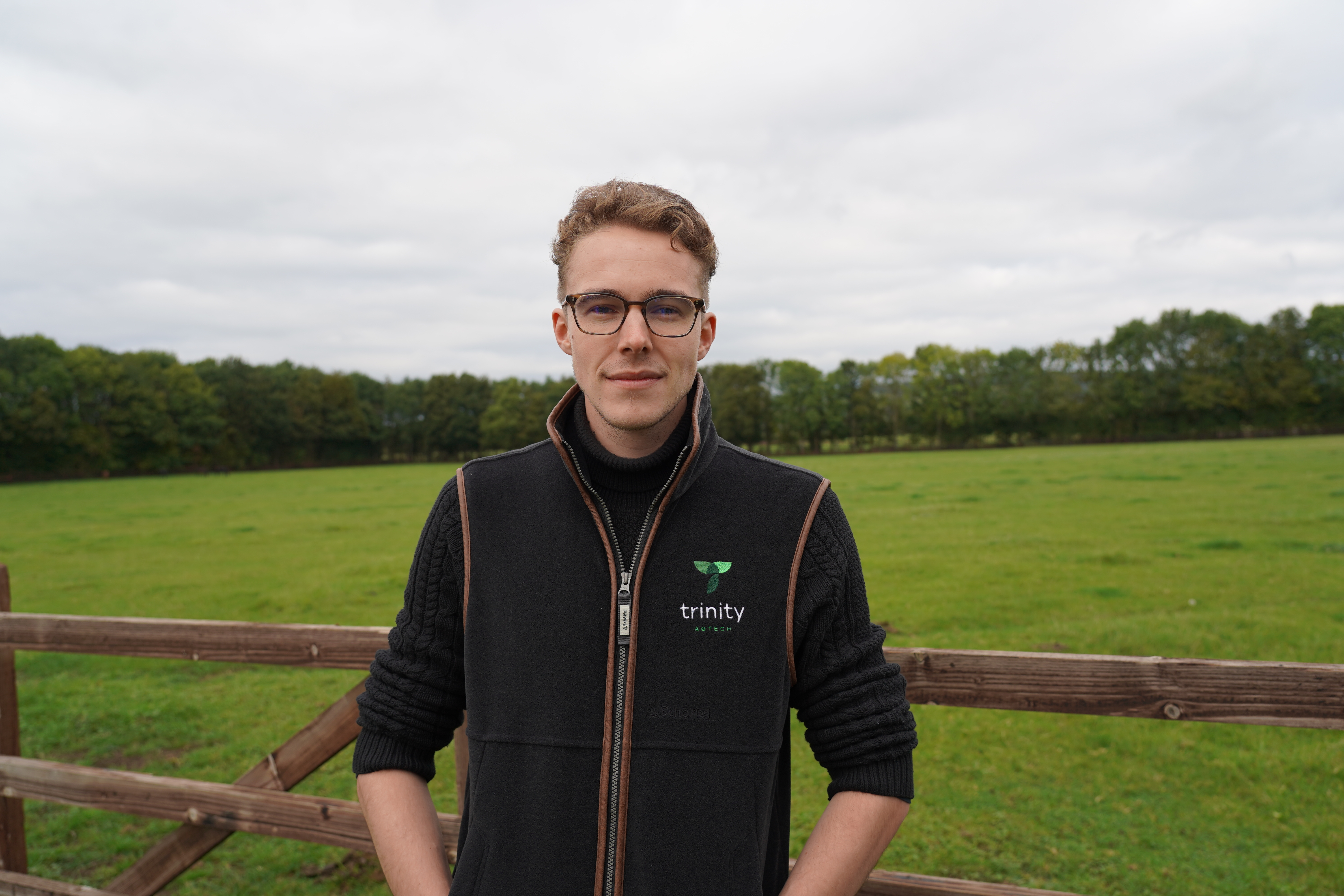
Sandy takes actual soil data and compares them with what your management records should indicate, says Alasdair Sykes.
“The science behind soil carbon has now moved on as a result of the increased interest in this area. But the real innovation for us is the model-data fusion approach we’ve introduced that we believe is unique.”
Alasdair explains that samples that indicate soil organic matter can be very unreliable and inaccurate sources for accessing soil carbon status as they rely heavily on sampling technique, whether you return to the same spot to track change in status, and a host of other variables. “Sandy takes your actual data and compares them with what your management records should indicate and the model then weights the score depending on confidence in the data provided.”
The industry is working on establishing a Soil Carbon Code that will become the agreed standard for measuring this, which won’t be available until at least the middle of next year. “But farmers shouldn’t wait for this,” advises Alasdair.
“The calculation you get within Sandy is the best the industry can offer and tracks any developments,” he claims. “What’s more, any data you put in now that you don’t currently need will still contribute to a baseline you may need at a future date. While many farmers may not want to trade carbon, there are many clear benefits in knowing where you stand and beginning to make a plan to improve your soil carbon status.”
Other improvements to Sandy include its grassland module, giving those with livestock an accurate idea of the impact of their grass-fed system, and its peatland module. “For Fenland farmers, this overlies the arable module, so Sandy senses you’re on peat and does a different calculation, taking into account the different organic cycling that occurs in these soils,” notes Alasdair.
Small changes within the biodiversity module ensure hedgerows get the credit they deserve. “Biodiversity Net Gain has grabbed attention recently – the difference with Sandy is that it accounts for improvements made that don’t require land to be taken out of production altogether.”
And working with its scientific board, Trinity’s just putting the finishing touches to a soil-erosion module due to be released over the winter, adds Alasdair. “We don’t believe it’ll need farmers to input any additional data, but it will improve your ability to navigate your natural capital.”
Carbon trade first brings confidence in the concept
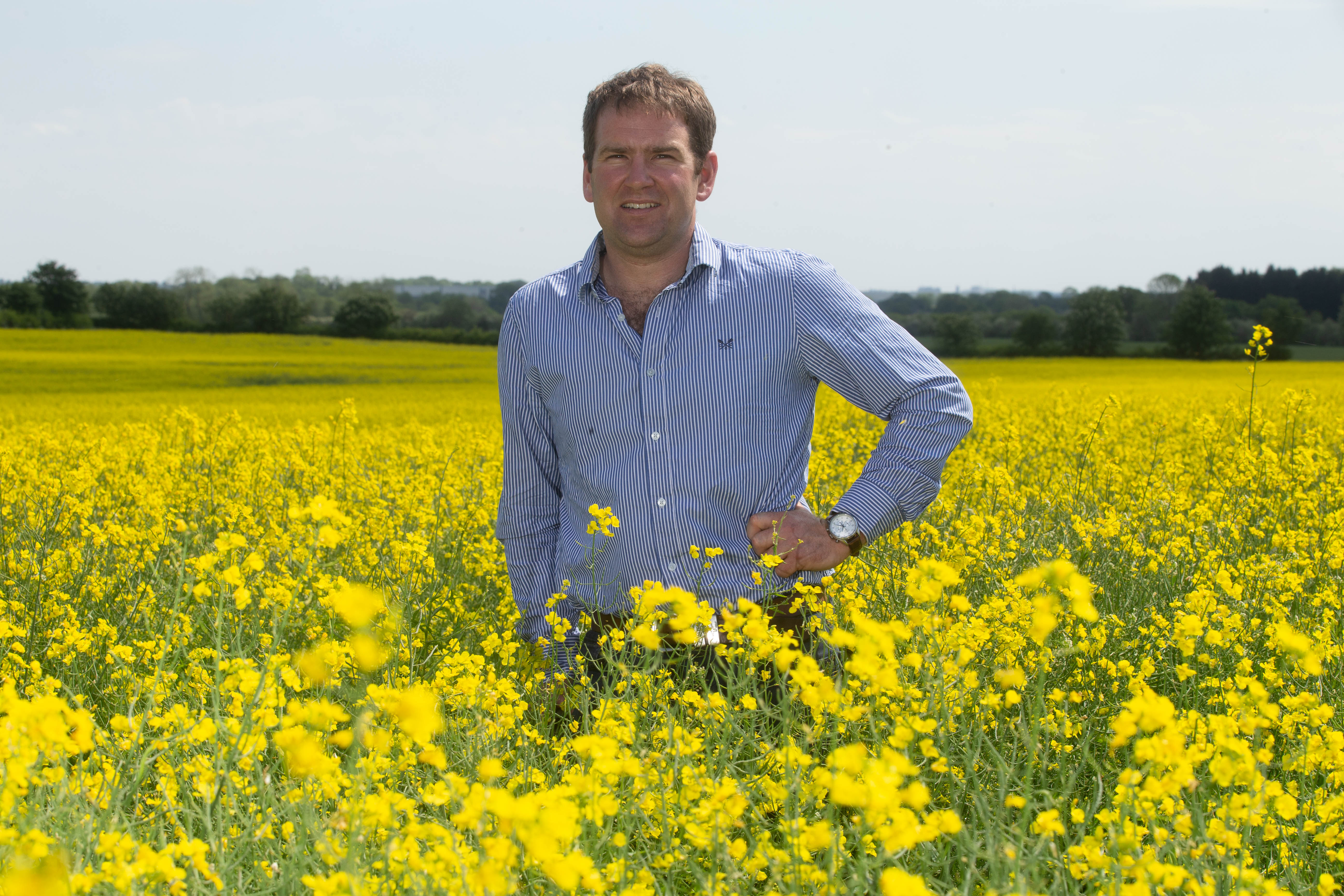
Michael Kavanagh has become the first farmer in the UK to trade carbon with biodiversity co benefits.
Earlier this year, West Midlands grower and CPM Climate Change Champion Michael Kavanagh made history as the first to sell carbon credits through Trinity NCM, and the first farmer in the UK to trade carbon with biodiversity co-benefits.
“The biggest thing for me was using a platform I had confidence in. The legalities have to be as tight as you can make them, and in my opinion, Trinity is the only one that ticks that box,” he says.
As farm manager for DGF & MAM Thompson Farms, he’s been taking its 245ha through a regenerative agriculture system. Strip tillage, cover crops and various biological brews have helped him reduce dependence on synthetic inputs and increase soil organic matter.
Putting all the information through Sandy revealed the arable enterprise has fluctuated 50t CO₂e either side of net zero, depending on cropping circumstances. “I was able to use the new pasture module for our grassland, and that added 64t CO₂e per year, giving me a healthy balance to trade in some years.”
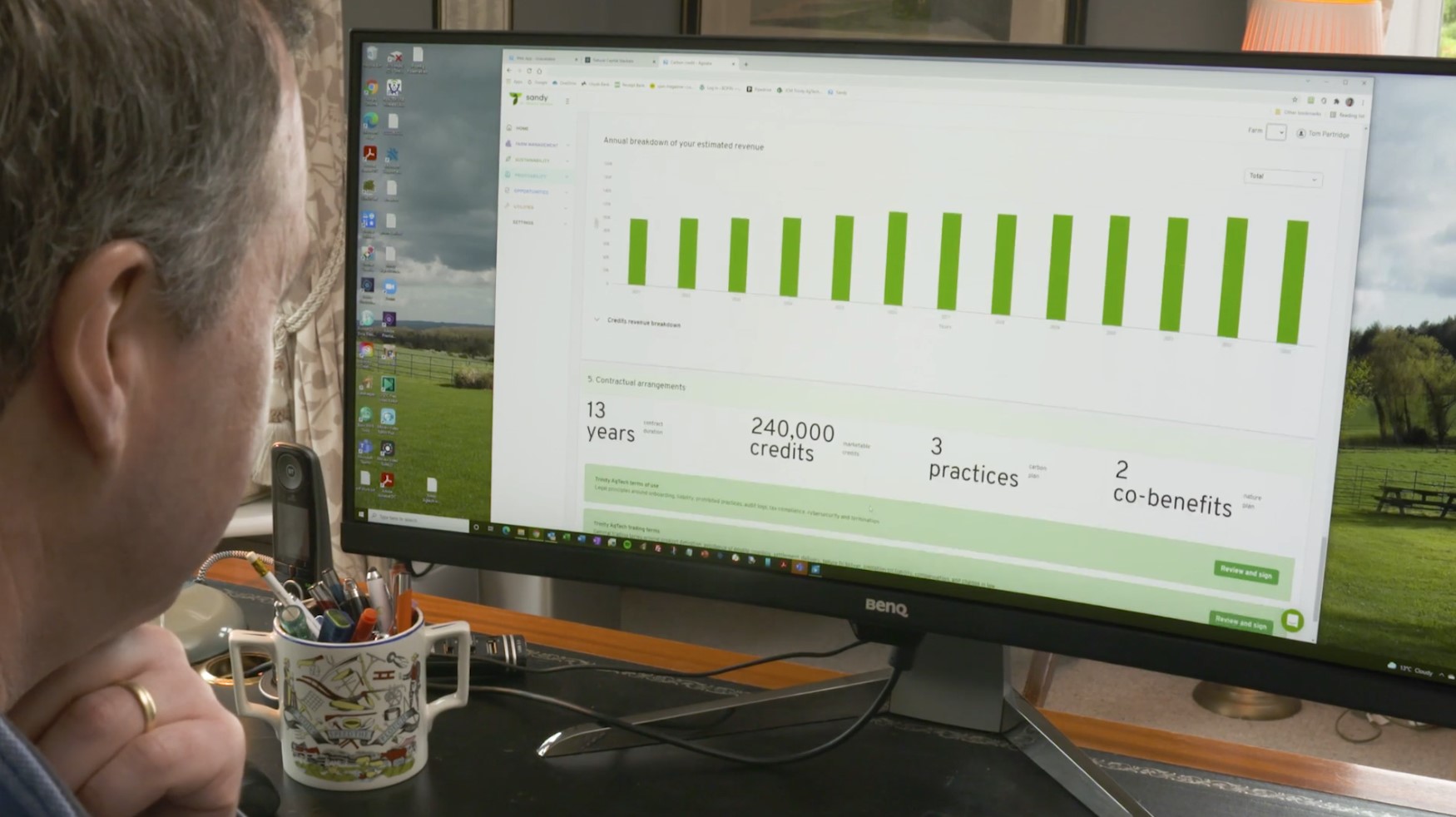
Accessible to all farmers, the Trinity NCM trading platform aims to give confidence to buyers and sellers that it fulfils multiple standards for high quality credits.
On top of that, the farm achieved a 5* score for biodiversity – the top rating assessed by Sandy. “This helped me achieve a premium, and I sold 12t of one year’s carbon at £100/t. NCM took a 5% commission for the trade,” he says.
Michael sees it as “tiptoeing” into the market, but has another two potential customers interested in trading. “There are two aspects that for me are important about this trade – firstly, I know the business I sold to. It’s UK-based, very supportive of farming, and works hard to reduce its own environmental footprint.
“Also, I traded as a member of the Green Farm Collective. We’re aiming to be at the top of the market, and I believe that’s now attracting interest in what we have to sell and the story behind it – there’s strength in numbers and in working with like-minded partners,” he says.
The trade was done on the basis of a sustainable practice that took place in the past – Michael has no plans to commit to trading future carbon credits. “Now it’s set up, though, it really is a simple procedure to sell, so I’ll certainly be considering trading further credits I’ve earned.
“The arduous part was gathering all the data together for Sandy – I have records, but it took some time to bring them into the spreadsheet template to upload. Going forward, I’ve bitten the bullet and subscribed to Muddy Boots software, that links straight into Sandy. So even keeping records updated should be a seamless process,” he says.
World of possibilities for the curious mind
Suppose you’re part of a farm cluster group in Norfolk, doing some on-farm trials into cover crops. Would you ever know if there was an identical study taking place in Yorkshire, or even Sweden, let alone learn from their experience?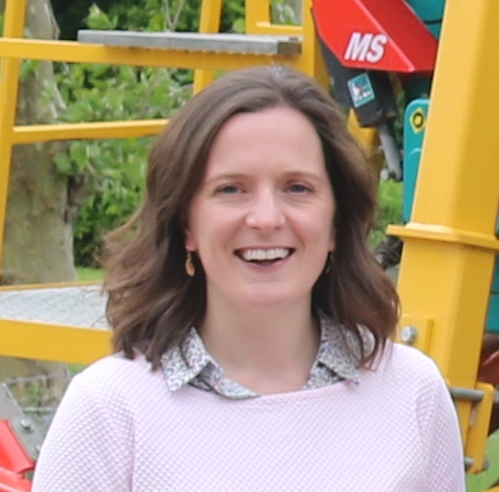
Trinity Global Farm Pioneers aims to bring such projects together, says GFP’s director of knowledge exchange Dr Emily Pope. “There is really great innovation taking place on farms around the world. GFP creates a space for farmers to come together, discuss and exchange ideas and find new ways of working. But most of all it’s about sharing experiences and learning from one another,” she says.
Emily points to networks, such as Innovative Farmers and YEN as evidence that interest in farmer-led research is growing. “As a result, we’re seeing moves by the government to put farmers at the heart of public-funded research projects. It’s no longer acceptable for academia to work in isolation from farmers, and this has to be good news.”
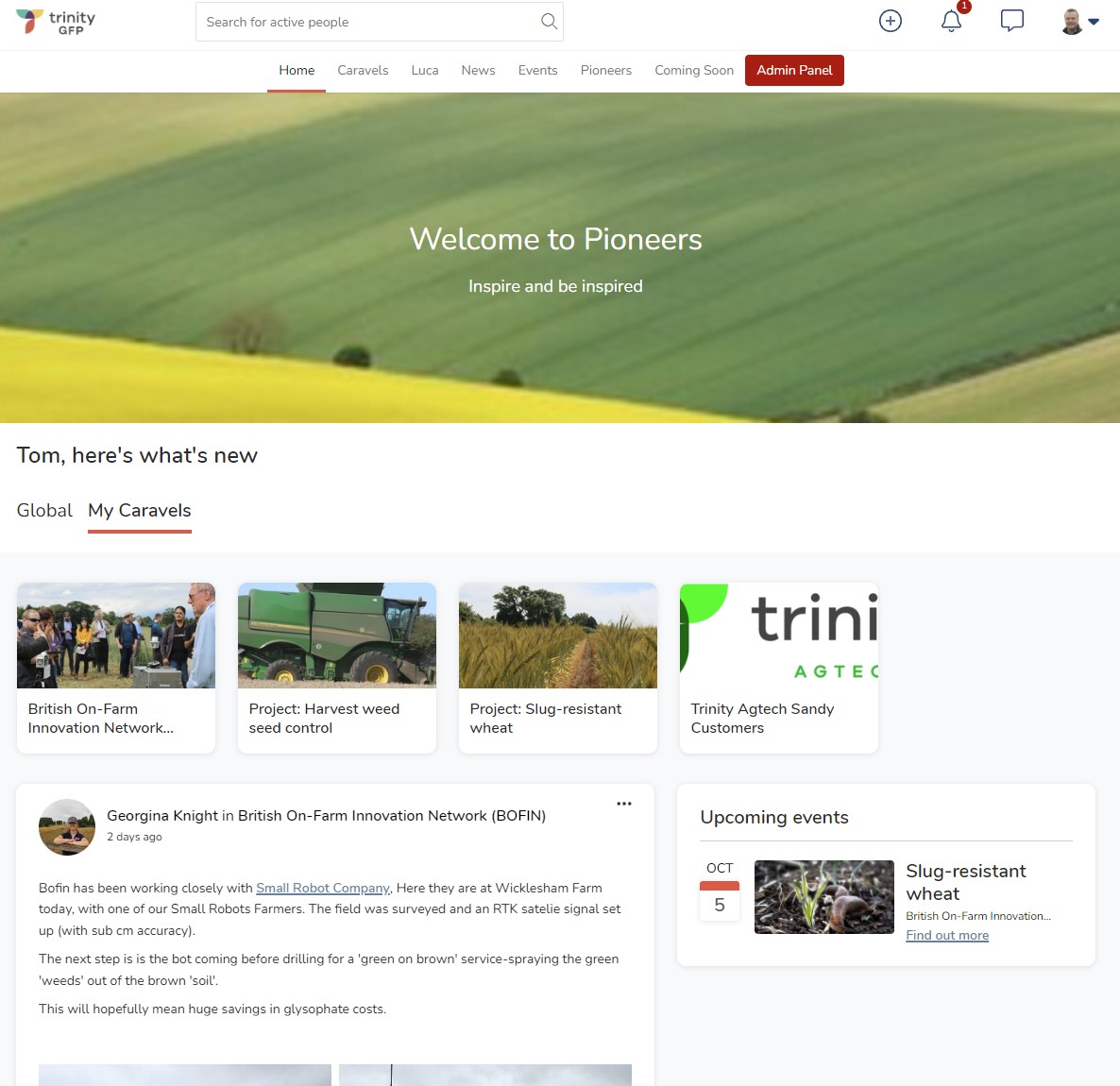
Interests and networks are grouped into caravels that can set up projects, host events and add to the knowledge library, Luca.
GFP works a bit like Facebook, in that you can join a group, called a caravel, such as a farm cluster, network or membership organisation (eg Green Farm Collective). Here you can join discussions and specific projects, sign up for events and access information – GFP has its own knowledge library called Luca. “It uniquely brings insights from academia and farm practice into one place,” notes Emily.
“The difference with GFP is that a discussion isn’t lost in a live feed, as it can be on other social media platforms. There’s a lot more flexibility in how you choose to run your caravel – you can share information outside a group, for example. And there’s much more functionality, with Luca, and the ability to hold events.”
Anyone can join for free, she says – just register, which involves stating your interests, so that GFP can alert you to caravels and projects that may appeal. Your registration is then approved (usually within 24 hours) and you come back on to activate your registration and begin to explore.
“It’s a moderated platform, and we have principles. So we don’t allow commercial interests to use it to market their wares to farmers, for example. The aim really is to bring the farming community together and to give the curious mind a place to explore a world of possibilities, unbiased by prejudice. It’s also a very flexible platform and we’ve an open mind on how it should develop, so get in touch if you have any suggestions,” adds Emily.
Innovation Insight
CPM would like to thank Trinity Natural Capital Group for kindly sponsoring this article, and for providing access to staff and material used to put the article together.

This article was taken from the latest issue of CPM. For more articles like this, subscribe here.

